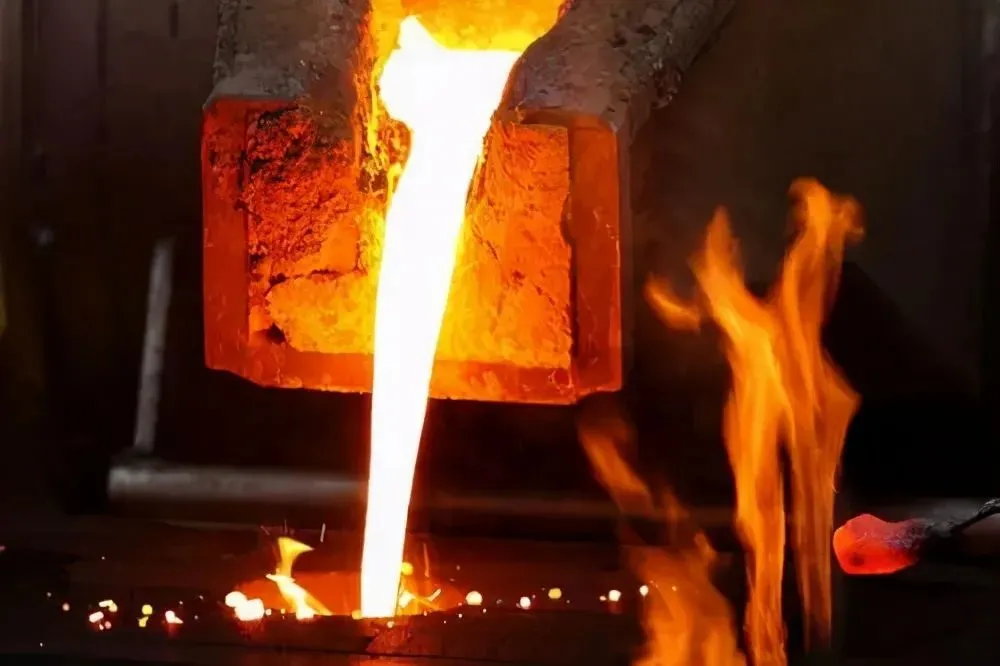Mobile:+86-311-808-126-83
Email:info@ydcastings.com
weld on tubing end caps
Understanding Weld-On Tubing End Caps
Weld-on tubing end caps are essential components in various industries, notably in plumbing, manufacturing, and construction. These end caps are designed to seal the open ends of tubing, providing a reliable barrier against environmental contaminants, pressure loss, and fluid escape. This article will explore the benefits, applications, and installation processes associated with weld-on tubing end caps.
What Are Weld-On Tubing End Caps?
Weld-on tubing end caps are typically made from materials such as stainless steel, carbon steel, or aluminum, depending on the application requirements. They are manufactured to fit snugly over the ends of pipes or tubes, allowing for a robust weld connection. The welding process creates a permanent attachment that ensures the integrity of the pipe system, making it an excellent option for high-pressure applications.
Benefits of Weld-On Tubing End Caps
1. Durability One of the primary advantages of using weld-on tubing end caps is their durability. These caps can withstand high pressure and temperature fluctuations, making them suitable for demanding environments.
2. Leak Prevention The secure weld connection minimizes the chance of leaks, which is crucial in systems transporting liquids or gases. This feature not only enhances safety but also improves the operational efficiency of the entire system.
3. Customization Weld-on end caps can be customized to fit various tubing sizes and shapes. This versatility allows engineers and designers to create tailored solutions for specific applications.
4. Corrosion Resistance When made from materials like stainless steel, these end caps offer excellent resistance to corrosion, making them ideal for use in harsh environments, such as chemical processing plants or coastal areas.
Applications of Weld-On Tubing End Caps
weld on tubing end caps

Weld-on tubing end caps are used across a wide range of industries. In the oil and gas sector, they are employed to seal pipelines, ensuring that no valuable resources are lost. In the construction industry, they are frequently used in structural support systems, providing stability and safety.
Additionally, weld-on end caps are commonly found in HVAC systems, where they help to seal ducts and maintain airflow efficiency. In the manufacturing sector, these caps can be used in the production of machinery and equipment, where fluid transport is critical.
Installation Process
Installing weld-on tubing end caps requires careful attention to detail to ensure a proper fit and secure seal. Here is a brief overview of the installation process
1. Preparation Before welding, clean the surfaces of the tubing and the end cap to remove any dirt, grease, or oxidation. This can be achieved using a wire brush or grinding method.
2. Alignment Fit the end cap onto the tube end, ensuring a snug and properly aligned connection. It is vital to check for gaps that may indicate misalignment.
3. Welding Use an appropriate welding technique, such as TIG or MIG welding, depending on the materials involved. Ensure that you maintain a consistent heat level to create a strong bond without damaging the tubing or cap.
4. Inspection After welding, it is crucial to inspect the joint for quality and integrity. Visual inspections and pressure tests can help confirm a successful installation.
In summary, weld-on tubing end caps are pivotal components in various applications, providing durability, leak prevention, and customization. Their installation requires skill and precision, underscoring the importance of proper techniques to ensure safety and efficiency. Whether in industrial settings or construction projects, these end caps play a vital role in maintaining the integrity of piping systems.
-
Understanding Metal Casting TechniquesNewsApr.02,2025
-
Understanding Exhaust Manifolds for Enhanced Engine PerformanceNewsApr.02,2025
-
The World of Metal FabricationNewsApr.02,2025
-
Key Components for Pump and Turbo EfficiencyNewsApr.02,2025
-
Essential Tools for Automotive Maintenance and RepairNewsApr.02,2025
-
Durable Valve Components for Effective Water ManagementNewsApr.02,2025











